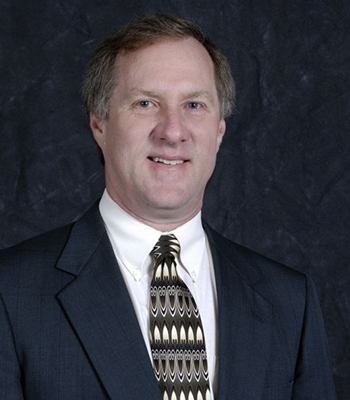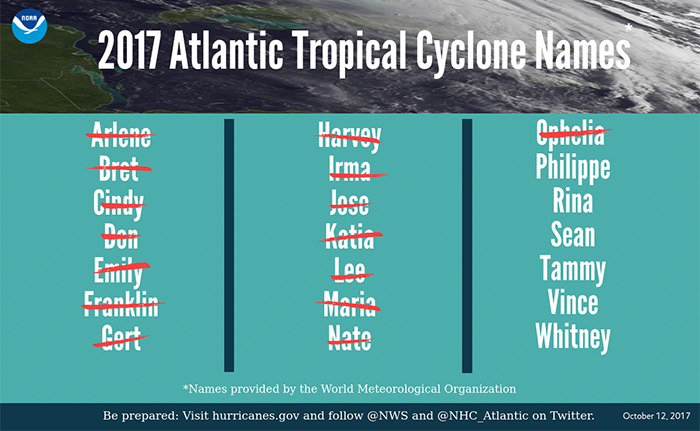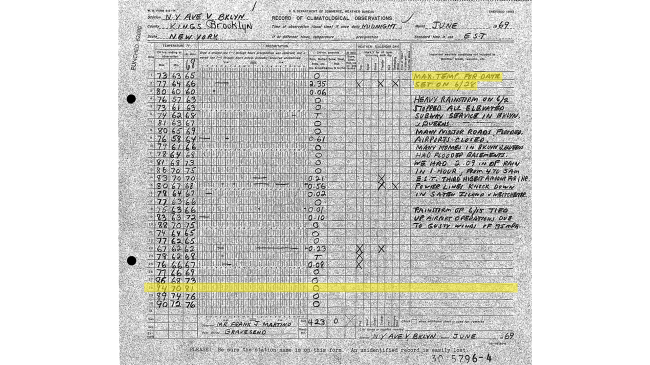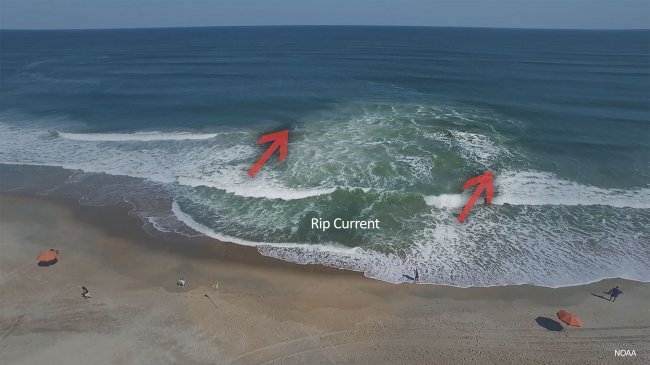This year's busy Atlantic hurricane season with back-to-back strong storms and multiple landfalls has everyone asking: Why is this happening? Well, the season is playing out as NOAA predicted in May and August. Let's dive into the science behind this year’s hurricane season with NOAA's lead hurricane season forecaster, Dr. Gerry Bell.
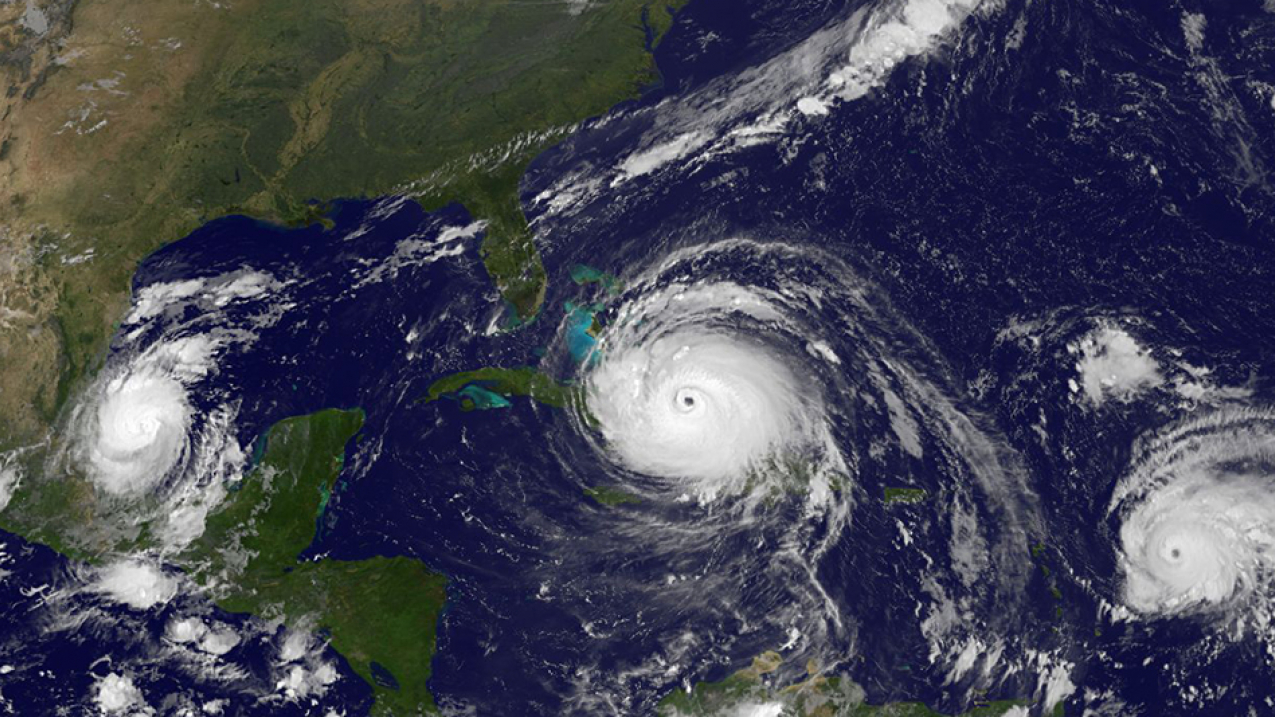
During one of the most active Atlantic hurricane seasons in recent years, three simultaneous hurricanes were captured by the Suomi-NPP satellite on September 8, 2017. The appearance of Katia (left), Irma (center), and Jose (right) was the first such occurrence since 2010. All three hurricanes were threatening land at the time. (Image credit: NOAA/NASA)



